Environmental and cultural heritage organizations have sued the FAA (Federal Aviation Administration) over the approval of SpaceX’s Starship launch program. The suit claimed that federal environmental laws were violated by the approval.
Shortly after takeoff last month, SpaceX’s unscrewed rocket exploded over the Gulf of Mexico. The lawsuit alleged that a comprehensive review of the potential environmental impact was not conducted by the FAA.
The plaintiffs argued that the FAA’s finding of “no significant impact” last June broke “bedrock federal environmental law.” The approval paved the way for multiple launches, resulting in the release of “intense heat, noise, and light” into a biologically diverse area.
The area contains “essential habitat” for “many species”, including some considered sacred to the Carizzo and Comecrudo indigenous peoples of South Texas. The lawsuit was filed in the federal district court in Washington, DC.
The plaintiffs include the Center for Biological Diversity and the American Bird Conservancy, among others. The suit was filed less than two weeks after SpaceX’s rocket exploded, spreading debris over hundreds of acres and causing a fire and a cloud of pulverized concrete.
The plaintiffs have said that at least eight explosions occurred at the Boca Chica, Texas, launch site over the last five years. SpaceX‘s Starship rocket is intended to take humans to the moon and Mars. NASA’s highly anticipated Artemis missions include this project. Elon Musk announced Starship’s launch in March 2021.
The FAA’s oversight of a private company’s space travel failed to protect vulnerable species and their habitat off the Gulf of Mexico. The FAA did not account for and mitigate the environmental harm that stems from SpaceX operations in Boca Chica. According to the lawsuit, an environmental impact statement for the Starship program should have been performed by the FAA.
According to the review, SpaceX’s activities in Boca Chica were found not to have a significant impact on the environment when compared with mitigating measures. The lawsuit alleged that those mitigations are not enough to prevent significant harm to the area caused by SpaxeX’s Starship Program.
The rocket is the most powerful ever built, capable of 16.7 million pounds of thrust at liftoff. At present, Elon Musk is the richest person, with an estimated net worth of more than $172.7 billion.
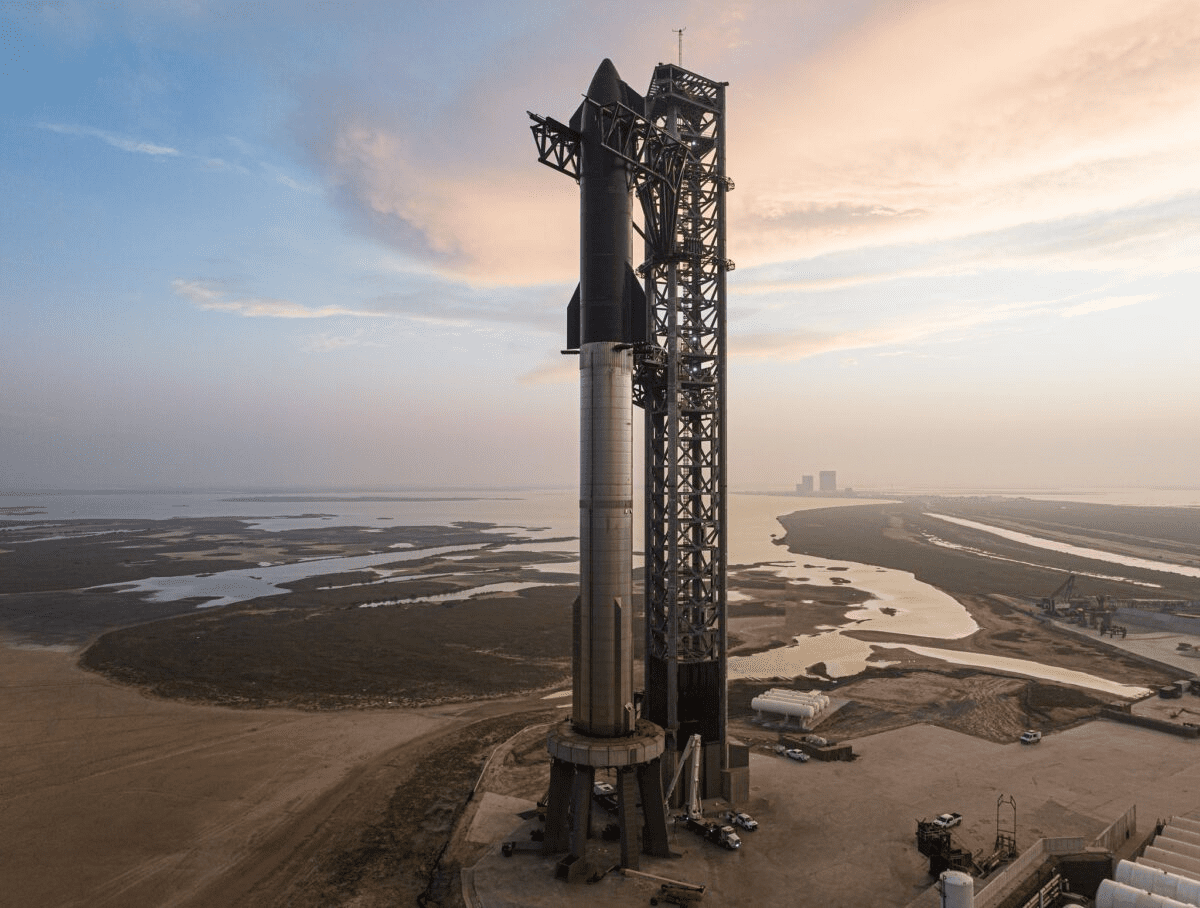

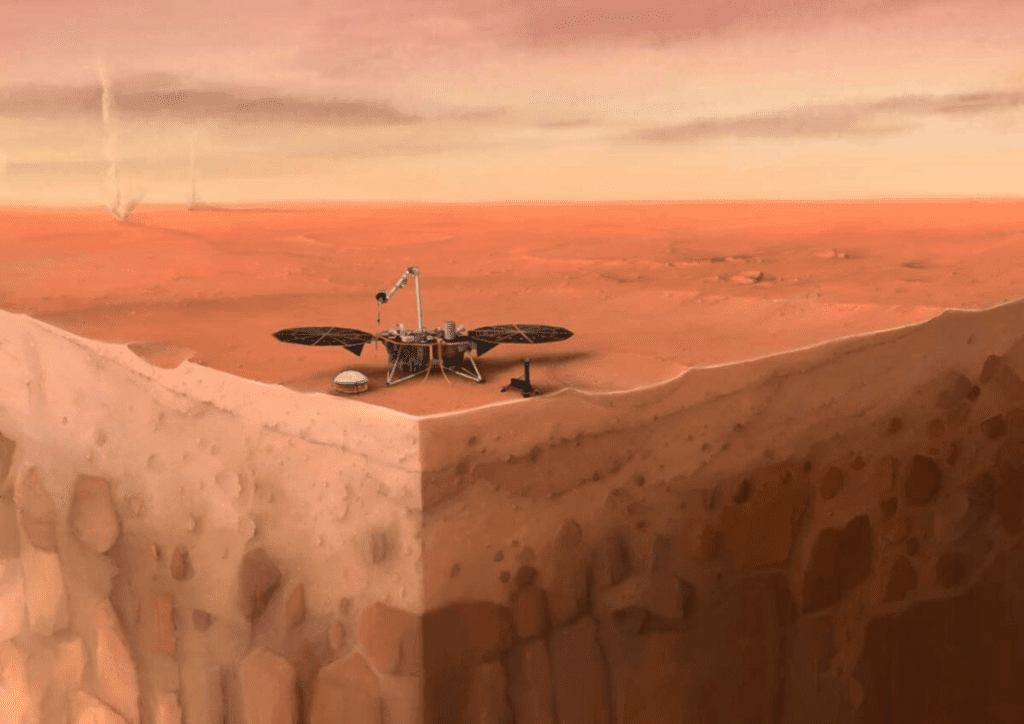
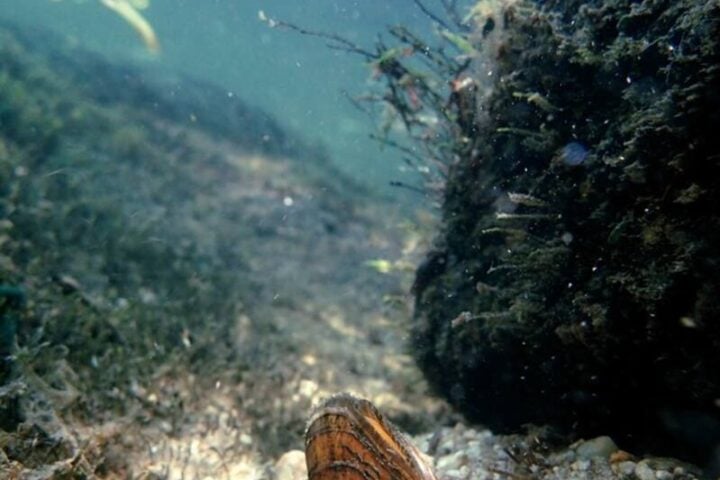
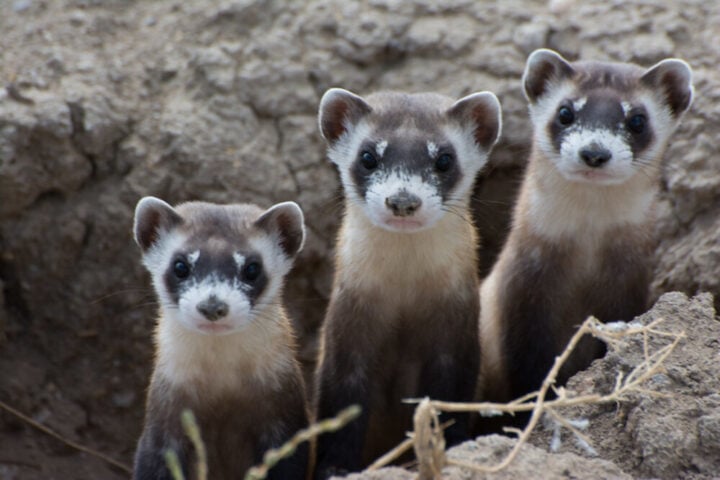


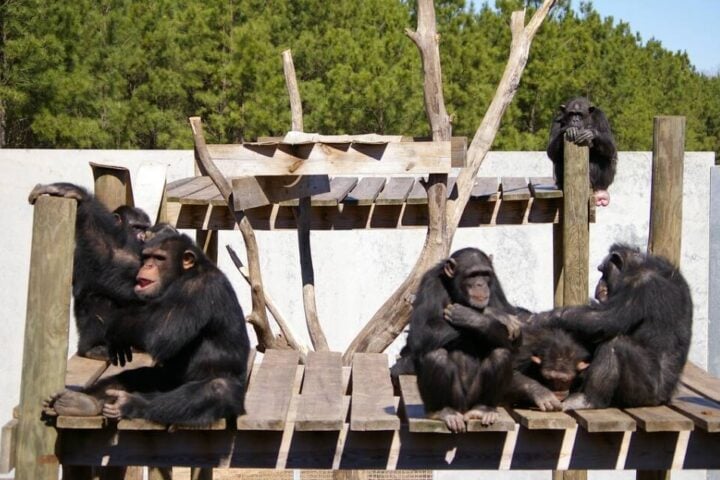



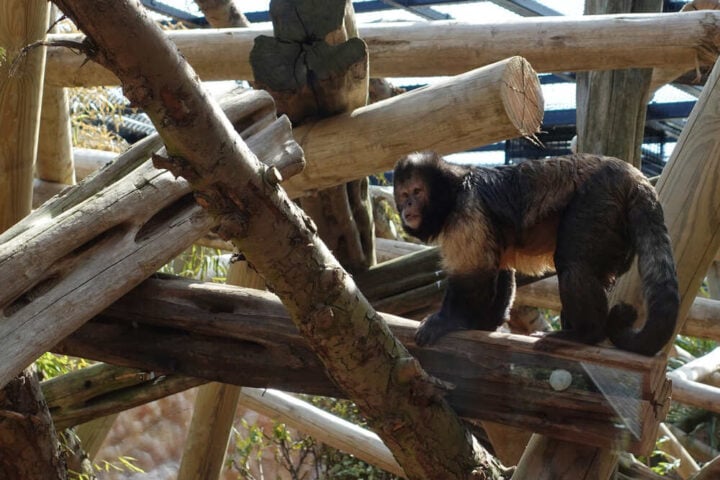



![Representative Image: European Starling [49/366]. Photo Source: Tim Sackton (CC BY-SA 2.0)](https://www.karmactive.com/wp-content/uploads/2025/04/Starlings-Drop-82-in-UK-Gardens-as-Birdwatch-2025-Reveals-Record-Low-Count-Since-1979-720x480.jpg)


